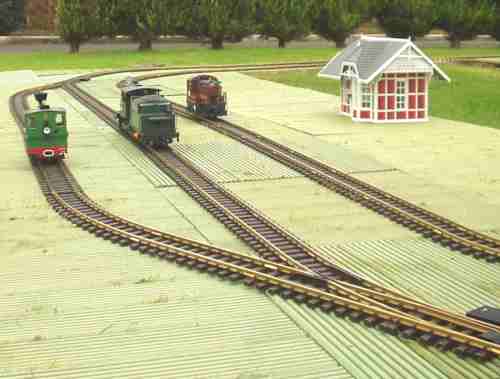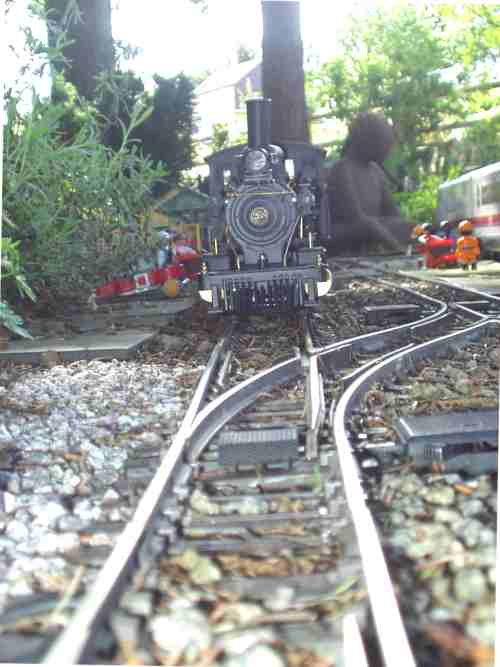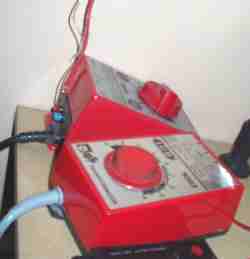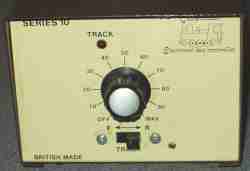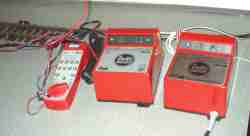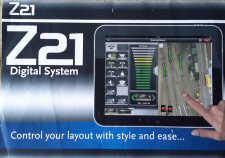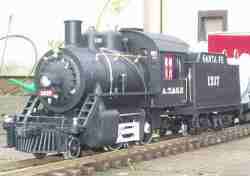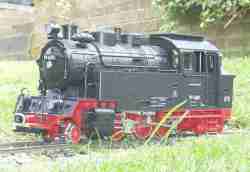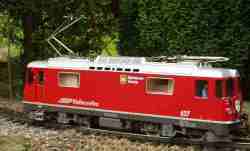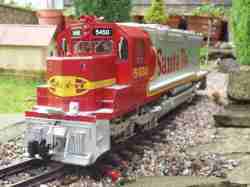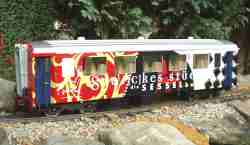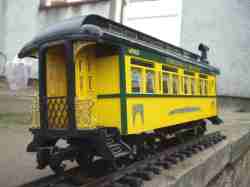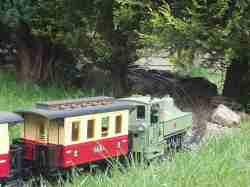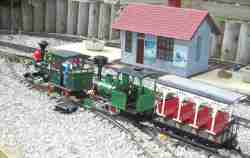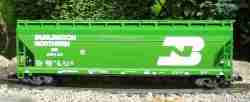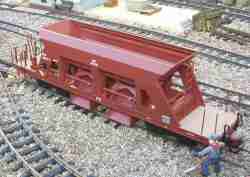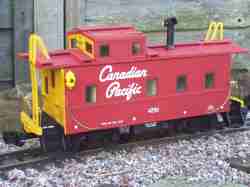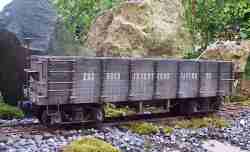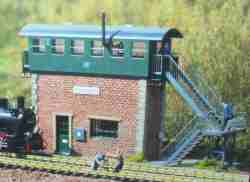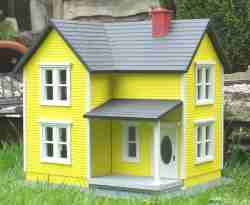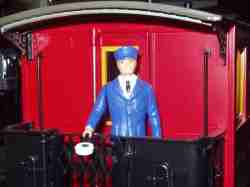Last goods delivered to this station 12 October 2020 |
(Sound on this page is of Ex LNER B1 No.61264 leaving Perth) |
| You might want to look here as well. This website tells you How to do things and I have an article on it. |
I am often asked about starting a large scale railway. This is a very big subject and other people have described most aspects of the hobby in several books, magazine articles and even a TV program. What I have tried to do is give some basic ideas based on what I have been asked, railways I have seen built and my own experience. This is an open document. If you want to add, correct, improve or challenge anything I will be pleased to consider what you say and add any of your pictures. Hopefully in this way some useful information will be available for anyone thinking about joining us by building a large scale railway of their own. One of the best ways is to join the G scale society, get four excellent magazines per year, meet fellow enthusiasts in your area and see what they have done - Check out G-Scale society |
|
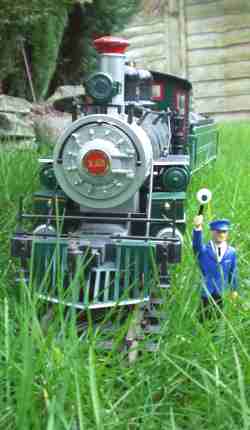 Starting out in the
garden
Starting out in the
garden
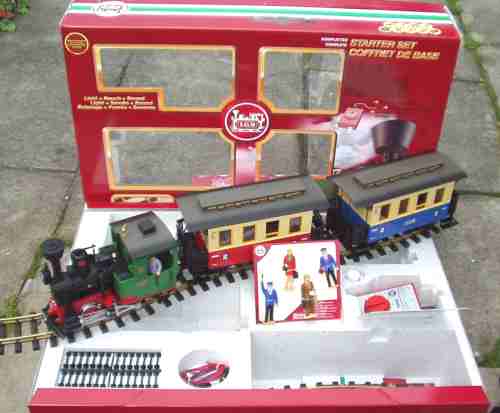
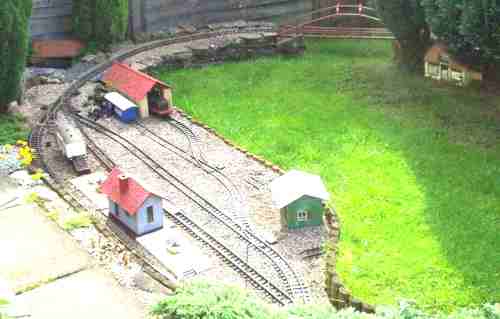



 ...to this (notice your dog might
have to be moved slightly to fit the track in)
...to this (notice your dog might
have to be moved slightly to fit the track in)